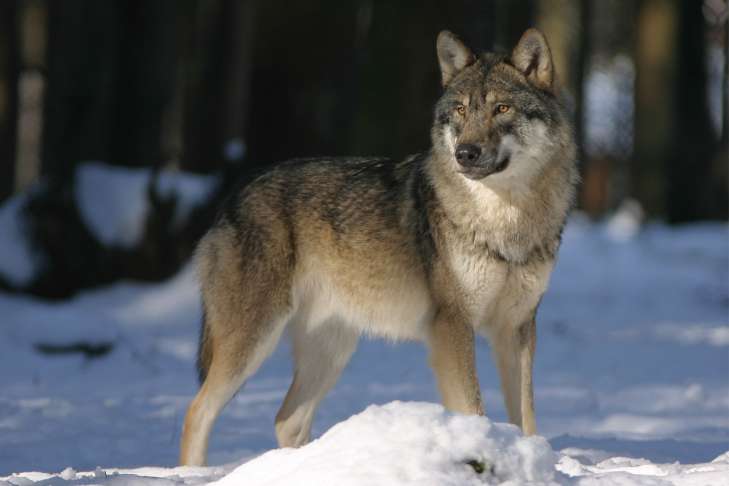Wolves: Interesting Facts
A wolf can endure long hunger strikes without losing the ability to move quickly.
It can reach speeds of up to 60 km per hour, and in search of food it can run more than 30 km in one night.
What is special about wolves
Wolves have poor eyesight, not the same as their sense of smell: they have an excellent sense of smell, it can smell prey at a distance of 3 km.
It is fast, in nature it can reach speeds of up to 60 km/h, but most often they cover this distance during the night. Wolves are loyal animals and love to live in families.
They choose a mate for themselves once for the rest of their lives.

When did the first wolves appear
Gray wolves (Canis lupis) inhabited North America during the Pleistocene era, when their diet consisted of horses, woolly mammoths and reindeer.
The Quaternary megafauna extinction led to the disappearance of traditional hunting grounds, but gray wolves, having switched their diet mainly to reindeer and elk, remained one of the few large predator species to survive the Ice Age in such conditions.
The genus Canis appeared in the Pliocene (5.3–1.8 million years ago) in Asia and Europe.
It contains many species, including
Canis familiaris Linnaeus, 1758. “The introduction of the dog into the human world is believed to have begun 15 thousand years ago in East Asia.
Who came first, the wolf or the dog
It is known that the first domestic animal was the dog, and its wild ancestor was the wolf. At the end of the 20th century.
For in-depth research, genetic methods began to be used - in particular, DNA analysis of modern and ancient dogs and wolves.
Previously, we talked about interesting facts about polar bears.
